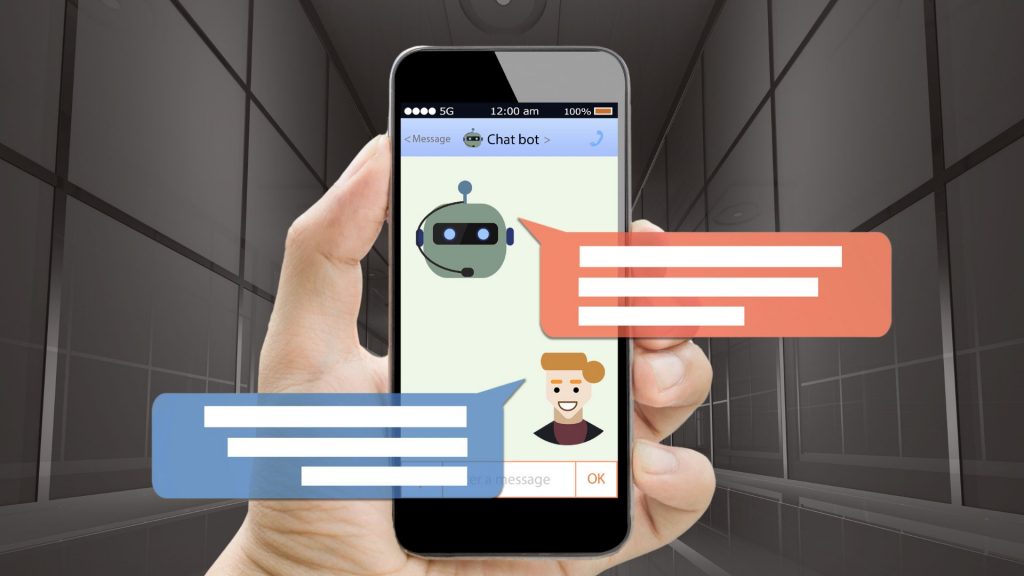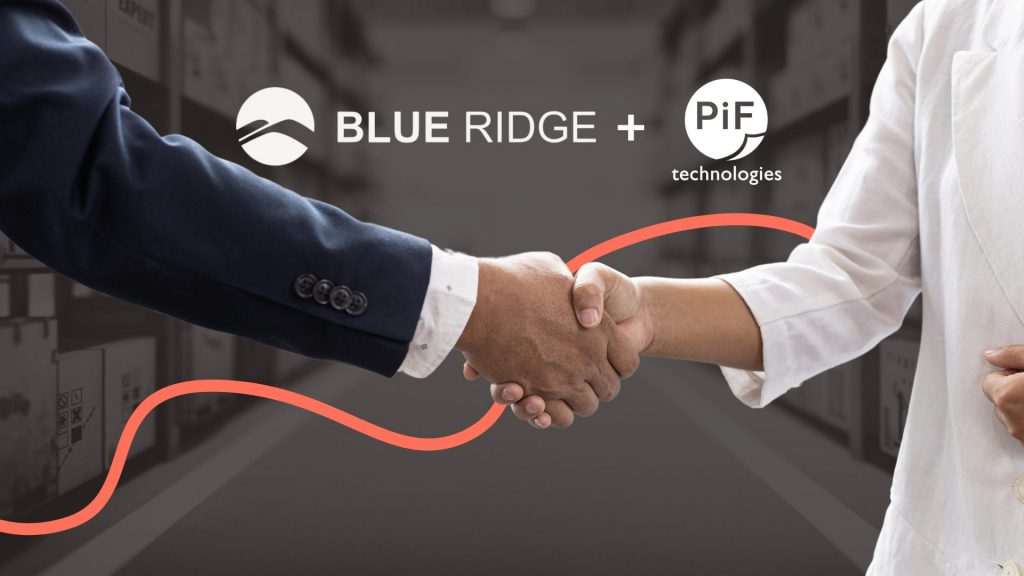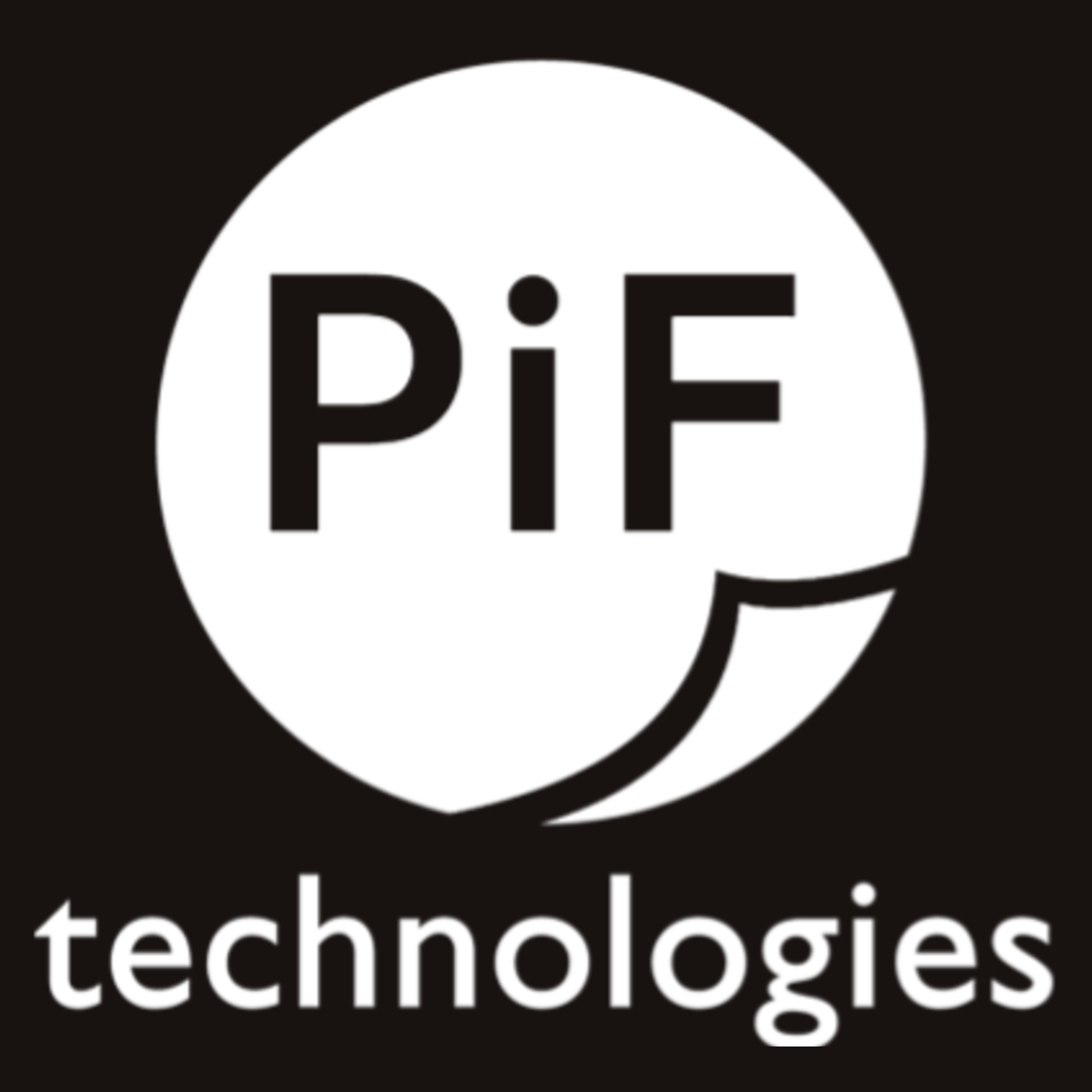The role of accounting within organizations has remained largely unchanged for many decades; all businesses have goods and services that need to be purchased, expenses that need to be paid, and cash flow that needs to be accounted for. While accounting’s purpose and key functions remain unchanged, the processes and technology available have evolved significantly. With discussions around Artificial Intelligence, Machine Learning, and other tools, financial leadership is in a position to invest in automation to help further evolve their organization and allow them to be more efficient and scale their business.
Understanding the current challenges facing financial leaders, and learning how technology breakthroughs have elevated Accounts Payable to a fully streamlined system, is imperative for organizations aiming to meet the needs of an evolving technology and business landscape. Accounts Payable Automation has empowered organizations to streamline their financial workflows and embrace a future where intelligent automation plays a pivotal role in shaping the organization as a whole.
What is Accounts Payable Automation?
Accounts Payable automation, or AP Automation, encompasses implementing technology solutions designed to streamline and automate Accounts Payable workflows. By eliminating manual tasks, AP Automation enhances efficiency and improves visibility and control over crucial financial information.
AP Automation comprises interconnected tools that function as a cohesive solution rather than just one specific software. This integrated approach enables organizations to simplify their processes holistically, leveraging the power of automation across the entire accounts payable function.
Investing in an Accounts Payable Automation solution offers a valuable opportunity to enhance your organization’s efficiency with minimal effort.
Current challenges facing Financial leadership (and how AP Automation can solve them)
Hiring and Retaining Talent
Like most industries, the financial sector struggles to hire and retain talent. Because this field often requires individuals with specialized skills such as financial analysis, risk management, compliance, and knowledge of complex financial instruments, finding and retaining professionals with these skills is essential but also incredibly challenging. When talent is found, there is often competition as organizations vie for top talent. This becomes even more challenging in a tight labor market when the demand for skilled professionals often exceeds the supply, making it challenging to attract and retain the best candidates. This ultimately leads to backlogs of work due to staffing shortages, time spent onboarding, and learning curves with processes and technology.
AP Automation can minimize talent challenges by streamlining the accounts payable process and leveraging software tools to assist
AP Automation reduces the time spent on manual tasks such as invoice matching, approvals, and data entry of payment vouchers, thereby allowing the finance teams to focus on higher value tasks, strategic initiatives to streamline the Finance department, and in some cases, reduce overall headcount – essentially processing the same amount of transactions with less personnel. Finance teams can reallocate talent or reduce headcount by implementing AP Automation and also provide engaging work for current employees by eliminating mundane, repetitive tasks. PiF’s customer, National Distributors, based in Portland, ME, has one AP clerk. Thanks to AP automation, they reduced their AP clerk’s workload without hiring additional staff to support them.
Cash Flow & Expenses Management
Organizations need to work quickly during current or impending economic hardship to ensure they can weather the storm. CFOs and their accounting teams face increased pressure to enhance efficiency and closely manage expenses. Maintaining a consistent cash flow requires a focus on enhancing the efficiency of accounts receivable and accounts payable processes. Monitoring key metrics such as expenses, overdue invoices, and operating cash flow is crucial. Regularly generating and analyzing cash reports enables proactive planning by identifying changes or fluctuations that can inform strategic decision-making. It’s essential to foster a company-wide mindset centered around cash flow.
AP Automation solves this by eliminating errors, processing invoices faster, and providing visibility.
Manual data entry is prone to errors, leading to discrepancies and financial losses. Accounts Payable Automation minimizes the risk of errors, ensuring accurate financial data. This accuracy is crucial for effective expense management and cash flow forecasting. Gary Grunewald, President of Pine State Trading based in Gardiner, ME, specifically highlights this challenge, stating, “When you’re making 10,000 manual keystrokes, you can be 99.995% accurate and still make five errors, and those five errors will take someone hours and hours to find.” By investing in Automation, both through traditional AP Automation methods and Robotic Process Automation, Pine State Trading was able to eliminate these mistakes and, therefore, solve their challenges relating to errors affecting invoice processing and expenses.
Automation also accelerates the processing of invoices, reducing the time it takes to approve and pay bills. This efficiency improves cash flow management by avoiding late payment fees and taking advantage of early payment discounts. It streamlines the approval process for invoices and expenses, including PO and Non-PO transactions. This speeds up payment cycles and ensures that expenses go through proper channels, preventing unnecessary or unauthorized spending. Because automation provides real-time visibility into expenses, financial leaders can monitor spending patterns, identify cost-saving opportunities, and exercise tighter control over expenditures. This proactive approach contributes to overall expense reduction. Automation solutions can integrate seamlessly with Enterprise Resource Planning (ERP) software and other financial systems, providing a unified view of financial data. This integration enhances coordination and communication cross-organizationally, supporting a holistic approach to expense management and cash flow optimization.
Outdated Processes
Many organizations’ processes haven’t changed in decades despite their business growing and technology evolving. The sentiment of “we’ve always done it this way” often holds these organizations back. Without evolving from outdated and often manual processes, organizations cannot keep up with competitors and the needs of their vendors, clients, and the public. This puts organizations at risk of becoming obsolete because of their refusal to adapt. Plain and simple, when accounting processes are completed on paper or manually, organizations cannot meet the needs of an ever-changing business landscape.
For Multi-Site organizations or companies with a remote workforce, processing approvals and receiving discrepancies can be challenging. When physical paper invoices are used, accounting team members and clerks need access, requiring searching through filing cabinets, paper piles, and boxes. Before Pine State automated, their invoices would physically travel from Portland, Maine, to Syracuse, NY, and often get misplaced. The invoices would also sit in someone’s physical inbox, awaiting processing for weeks, and this harrowing journey was only the start of the paper chase.
AP Automation solves this by utilizing emerging technologies to promote efficiency and a future-proof process.
Accounts Payable Automation serves as the solution to modernize outdated accounting processes. By streamlining and fully digitizing invoice processing, reducing manual errors, and expediting approval workflows, AP Automation enhances efficiency within the accounting workflow. It’s also designed for remote teams or multi-site offices, with mobile accessibility, audit trail capabilities, and enhanced documentation.
Today, with Large Language Models (LLM), Artificial Intelligence (AI), and the accessibility of Machine Learning tools, the approach to AP Automation has closely followed trends in technology and can help organizations migrate toward a fully automated future.
Accounts Payable Automation updates accounting processes and positions organizations for greater agility and competitiveness in the dynamic business landscape.
What is the state of AP Automation today?
AP Automation has existed since the first Electronic Content Management (ECM)/Intelligent Document Processing (IDP) and workflow products entered the market back in the late 1990’s and automation was in its infancy stages. In many cases, to complete this process, third-party software would “front end” the accounting system, provide validation, complete error checking, and then route and match, as their ERP systems didn’t support that document-based functionality.
Accounts Payable clerks have always been stressed with matching, routing, and data entry. These processes require validation, error checking, and comparisons between purchase orders, receiving, and vendor invoices in a Three-Way match task. The nature of an AP clerk’s job is to handle any exceptions, detect duplicate invoices, multiple invoices against a PO, short ship scenarios, and tax rules, and manage the high volume of paper-based transactions and somehow get that data into their accounting system.
Unfortunately, many organizations that have not invested in AP automation in some form still face these challenges today. For automation, the solution’s objective has not changed; only the technology has. It’s not just the technology capabilities but also the price point economics of the industry, which was historically dominated by Independent Software Vendors like Kofax or ABBYY with expensive per-page pricing. Hyper scalers such as Microsoft Azure, Google, and AWS have democratized the technology, making automation more accessible than ever.
Over the last 25 years, the capabilities and level of automation available for AP and other departments have come a long way. A way to understand its evolution over the last two decades is to look back at AP Automation as one would look at iPhones. Compared to the original iPhone, the iPhone 14, the original iPhone is a big leap in functionality, usability, and interoperability, and you can make the same distinction with AP Automation. Now, it’s safe to say there have been 4 to 5 different technology inflection points that have driven AP Automation to what it is today.
What has changed in Accounts Payable Automation?
Pre-Built Knowledge Bases
Historically, internal knowledge bases needed to be hand-built with sample invoices in order to “teach” the system. This would require manually clicking regions on the invoice to map to the appropriate metadata fields. This has been replaced with prebuilt, crowdsourced knowledge bases with extremely accurate results at the header/footer and line item extraction. No need to run the invoice through the system three times to learn. No need to use local auto-learning but leverage the entire world with crowdsourced learning that scales. Azure, for instance, aggregates every AP invoice extracted by their engine to the entire world, which assumes most common vendor invoices have already been captured by Azure, which means it is unlikely Azure has never seen the invoice. As a result, there is no need for training and getting your hands on lots of sample invoices to build the model.
Contextual Classification
No need to train the system on classification, as Google and Azure both support neural document-based classification and separation for common procurement documents. Adding separator sheets or adding every vendor invoice format to a knowledgebase so the system knows how to separate are things of the past.
Vendor ID Verification
When extracting data from vendor invoices, grabbing the vendor name is always a challenge; given the vendor name can be a logo, there is no label-pair matching like “Vendor Name” like other fields (e.g. terms, PO number, Invoice Number, etc). Microsoft Azure, while it attempts to read the vendor name and sometimes gets it correct, Azure specifically supports the return of bill to, receipt, and vendor address fields as well as vendor phone numbers in their default data set so it can be parsed and compared to the ERP’s vendor master to retrieve the correct vendor ID properly.
Generative AI
No need for AP clerks to run reports and troubleshoot the processing of invoices. Now, AP clerks interact with chatbots like Microsoft Copilot as part of the AP Automation user interface. The AP clerks ask the chatbot questions such as “What are my outstanding invoices with no PO’s?”, “What is the total amount of invoices processed this week?” and other common queries, and then receive immediate text-based responses with buttons to take action. Whether it’s updating the status of an invoice from “pending” to “shipped” or approving invoices by typing in the order or invoice number and the word “approved”, interaction of AP clerks with the procurement data is done through generative-AI chatbots.
How can I implement an AP Automation solution?
Automation is an all-encompassing term that can create a positive impact organization-wide. Accounts Payable Automation is a great first step towards promoting efficiency and cost-savings and evolving your organization’s processes into a future state. Often, business leadership is overwhelmed by the market options and unsure of what solutions will work best for them. PiF Technologies has expertise and experience that will allow us to offer a customized solution that fits your organization’s needs, all while using top-of-the-line technology offerings. Our Professional Services team works closely with you to understand your unique business requirements and build a tailor-made solution that works within your existing processes and procedures.
Now is the right time to invest in an automation solution, and PiF is the partner to help make it happen.
To get started, simply fill out the form below to connect with us; we’ll walk through your process and understand your biggest gaps to help create your ideal solution.







